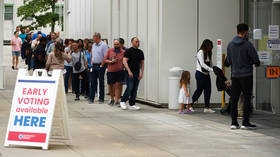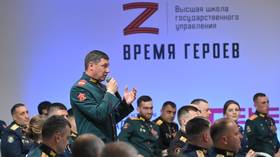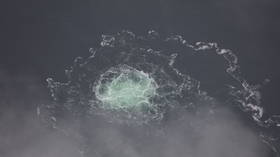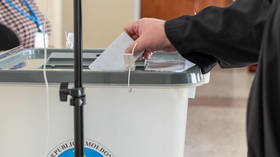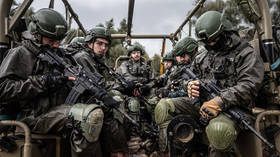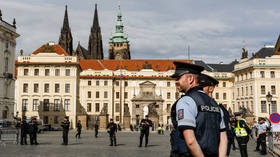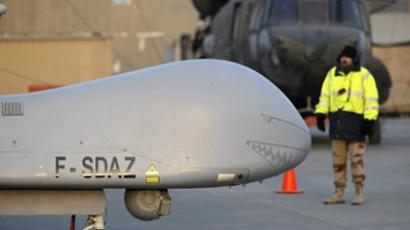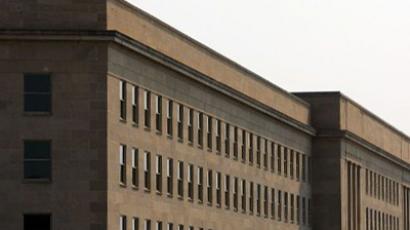Osprey: a widowmaker?
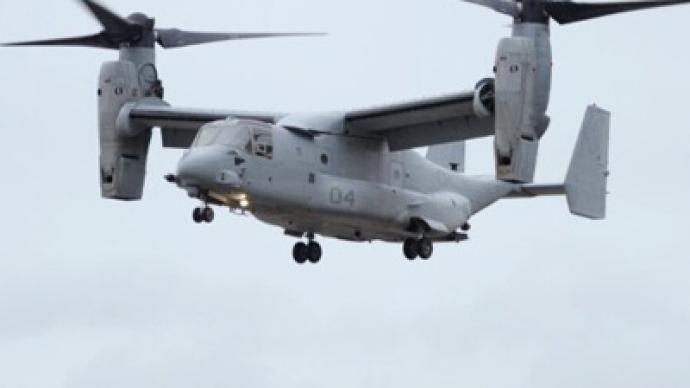
Despite a series of deadly crashes and reoccurring reports that it was not safe, an investigation into the controversial Osprey helicopter/plane hybrid was ended by the military so that they could pursue further operations with the aircraft.
All of this was largely made possible thanks to big corporate lobbying.Brig. Gen Donald Harvel tells Air Force Times that his own investigation into the Osprey and its disastrous missions confirmed that the aircraft was prone to problems in and out of the sky. Despite his findings, however, he says that the Air Force attempted to cover-up the mishaps and chalk them up as isolated and inconsequential incidents so that they could keep the aircraft in the sky.“There was absolutely a lot of pressure to change my report,” Harvel says to the magazine. Further, he stresses that the division of the US military was more concerned with keeping the Osprey an ongoing part of the Air Force than insuring the safety of its crew.In his report filed last year, Harvel insisted that engine problems were to blame for an April 9, 2010 Osprey crash in Afghanistan which killed four American military men. Lt. Gen. Kurt Cichowski, Harvel’s superior, attacked a dissent with his report, however, arguing that the fatal crash was caused by pilot error.That wasn’t the case though, says Harvey. He is president of the accident investigation board and penned the report.“My heart and brain said it was not pilot error. I stuck with what I thought was the truth,” he told Air Force Times earlier this year.Although Harvel has made claims that the Osprey itself was to blame, the US Air Force continued to use it in operations as its reputation worsened. In order to curb reports in which repeated incidents would otherwise be marked as serious accidents, the military continuously recategorized crashes in order to group problems with the Osprey as not-so-serious. Wired.com’s Danger Room reports that at least 10 potentially serious mishaps occurred during the last decade of testing, with as few as three being improperly classified due to internal loopholes and under-reporting that kept the Osprey in operation despite continuing concerns. Danger Room adds that the military personnel reclassified the mishaps in order to make incidents seem not as severe, a practice completely forbidden. Even still, military personnel denied the changes. Designers were also forced to make changes to the machinery during the testing that did not come close to the standards required by engineers, yet pressed on despite ongoing crashes. Journalist Richard Whittle even wrote that throughout testing, hydraulic lines were “sloppily laid out” And though changes were made to the Osprey throughout its tenure, Danger Room says that mechanics were told to falsify records regarding the hybrid’s mechanical problems at least twice.Despite repeated incidents, the Osprey remained in testing and eventual combat, thanks in part to lobbying from Bell and Boeing — the billion-dollar corporations responsible for the manufacturing of the aircraft.


